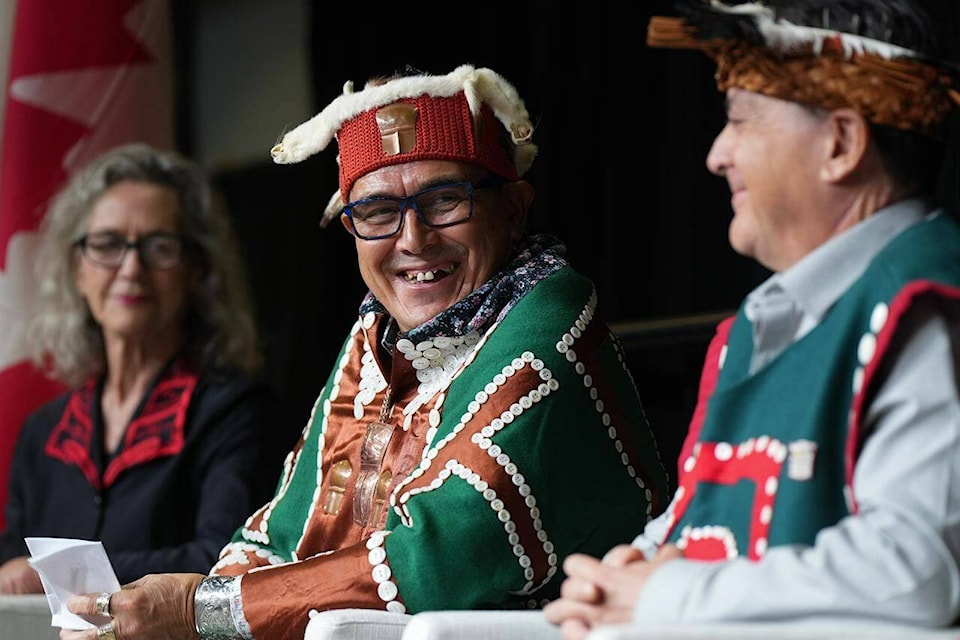The Federal and British Columbia governments, alongside 15 coastal First Nations, officially endorsed the blueprint for a vast network of marine protected areas (MPA) along Canada’s west coast.
In recognition of the hard work of many First Nations from B.C.’s northwest to make this a reality, the First Nations Leadership Council (FNLC) congratulated Gitga’at, Gitxaala, Haisla, Kitselas, Kitsumkalum, Metlakatla, Heiltsuk, Kitasoo Xai’xais and Nuxalk First Nations, as well as the Council of the Haida Nation.
After more than a decade in the planning, this MPA Network Action Plan outlines a strategy to develop an extensive network of MPAs along B.C.’s North Coast, the FNLC stated.
Despite the positive announcement, the FNLC is calling on the provincial and federal governments to take more action, alongside First Nations, to preserve marine resources and prevent the loss of irreplaceable wild stocks.
“While we welcome this announcement and all actions that protect, preserve, and restore our invaluable oceans and marine life in collaboration with title and rights holders, this is not enough,” Grand Chief Stewart Phillip, president of the Union of BC Indian Chiefs stated.
He said the Canadian and B.C. governments have been mismanaging and neglecting marine resources for a long time. They have devastated wild stocks and infringed on First Nations’ rights, he said.
“We call upon B.C. and Canada to ensure that this is simply the first of many rapidly implemented and co-managed MPAs as well as systemic change in the approach to fisheries and oceans management.”
Alongside the announcement of endorsement, Chief John Powell (Winidi) was joined by Joyce Murray, Minister of Fisheries, Oceans and the Canadian Coast Guard and Nathan Cullen, BC Minister of Water, Land and Resource Stewardship, to share news about the first MPA in the network during the 5th International Marine Protected Areas Congress (IMPAC5) in Vancouver.
The first MPA, established by the Mamalilikulla First Nation will protect Gwaxdlala/Nalaxdlala – also known as Lull Bay and Hoeya Sound – in Knight Inlet, British Columbia.
“This marine refuge will help provide long-term protection to the ecologically and culturally significant area of Gwaxdlala/Nalaxdlala, which includes a globally unique ecosystem of fragile and slow-growing corals and sponges that provide key habitat for more than 240 other marine species,” the FNLC stated in a press release.
Overall, the MPA Network Action Plan will support efforts to conserve 25 per cent of Canada’s oceans by 2025 and 30 per cent by 2030, the federal government stated in a press release.
It says it will provide a planned approach for the creation of new protected areas in the Northern Shelf Bioregion, which extends from the top of Vancouver Island to the Canada-Alaska border.
The approach will identify ecological and cultural conservation areas that will be considered for protection to help preserve essential ocean ecosystems.
The government says this is the first MPA network in Canada, and will be co-governed by Indigenous, federal and provincial governments.
With files from The Canadian Press
